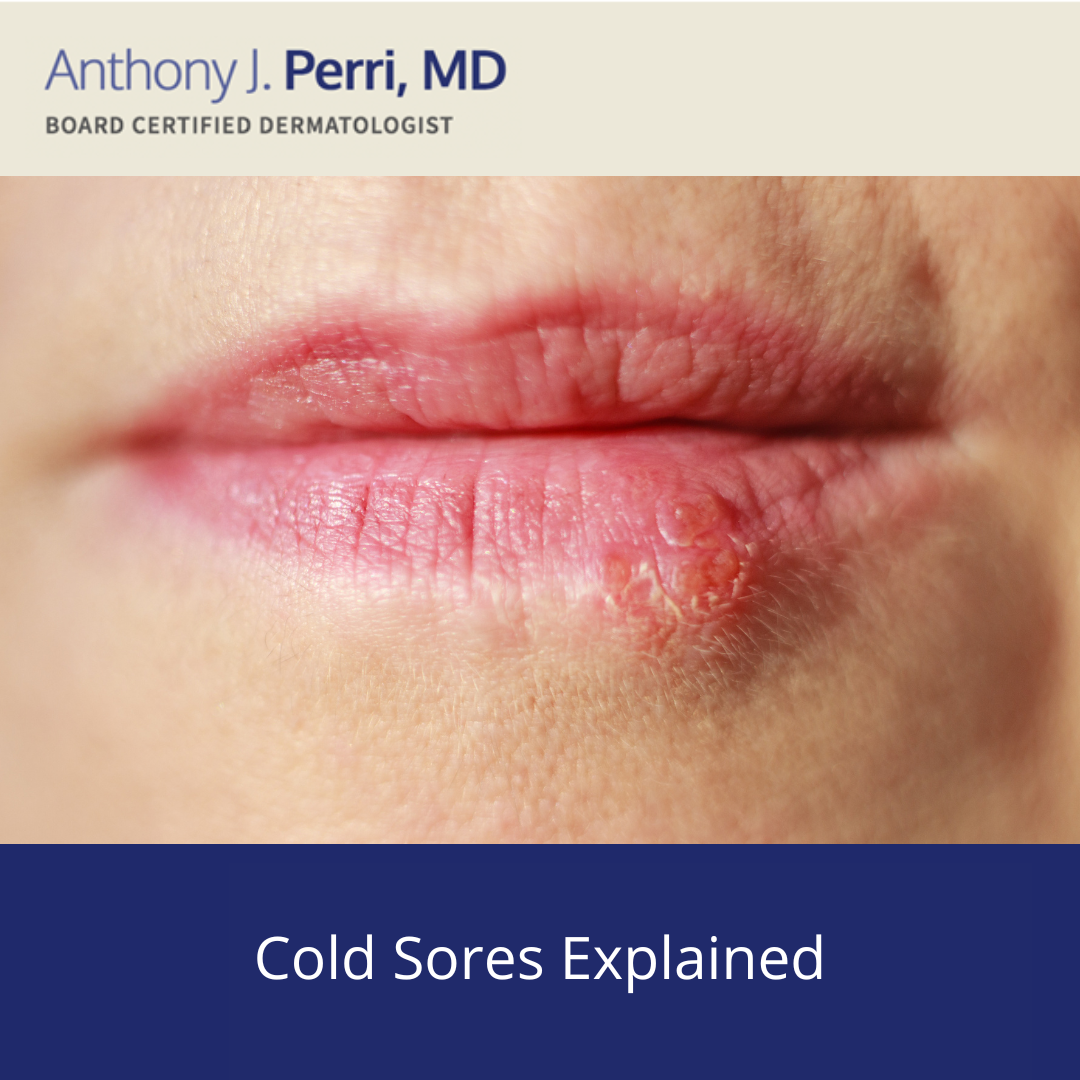With the seasons changing and the weather getting colder, skin can suffer from many conditions including Cold Urticaria. This is a skin condition that occurs after exposure to cold weather that causes whelps and hives. It is fairly common and easily treatable.
Cold Urticaria is most common in young adults and can be caused from exposure to any cold temperature including the weather, water and wind. It results in itchy, red whelps that can be painful in certain cases.
Symptoms
Symptoms vary between each person and can either be mild or severe. In mild cases symptoms include rashes, swelling of hands or lips and the worsening of the rash as the skin warms up.
In rare severe cases, it can cause full body anaphylaxis shock, racing heart, fainting or swelling of throat. If these symptoms are presented, you should seek medical attention immediately.
Treatment
Treatment of Cold Urticaria depends on the symptoms, but usually over the counter pain relievers and creams can be used to lessen the pain and the itchiness. As the skin warms up, the welps usually will go away on its own. Antihistamines are also taken to lessen the swelling and symptoms.
Prevention
To prevent Cold Urticaria, many things can be done including protecting areas from the cold temperatures, taking medications such as daily allergy relief and pain reliever. If your doctor has prescribed any medication or cream, use that routinely.
Cold Urticaria is common, especially during cold weather. It is important to know the symptoms, how to treat it and how to prevent it. Perri Dermatology can help you. Feel free to contact our team today!




